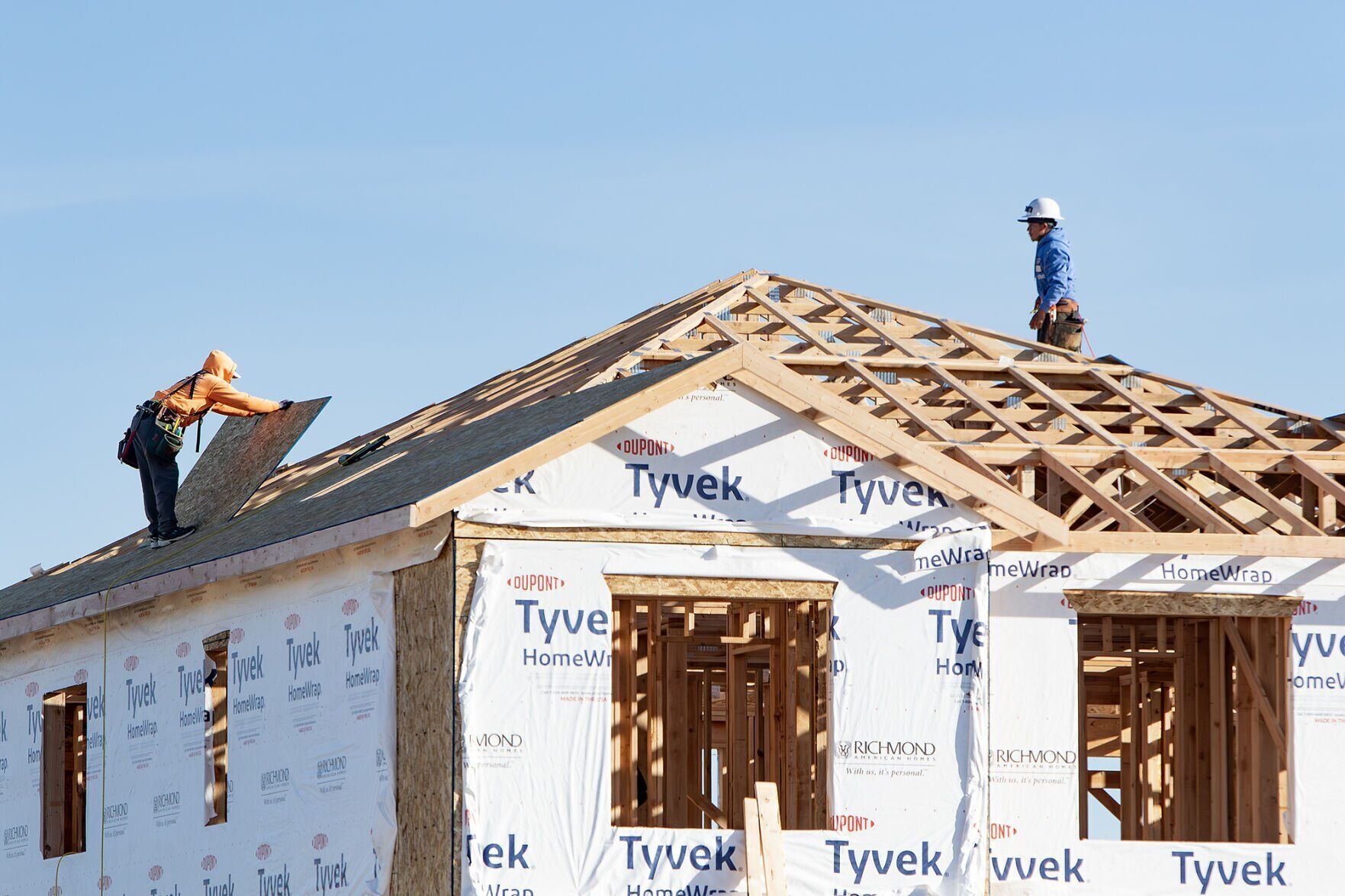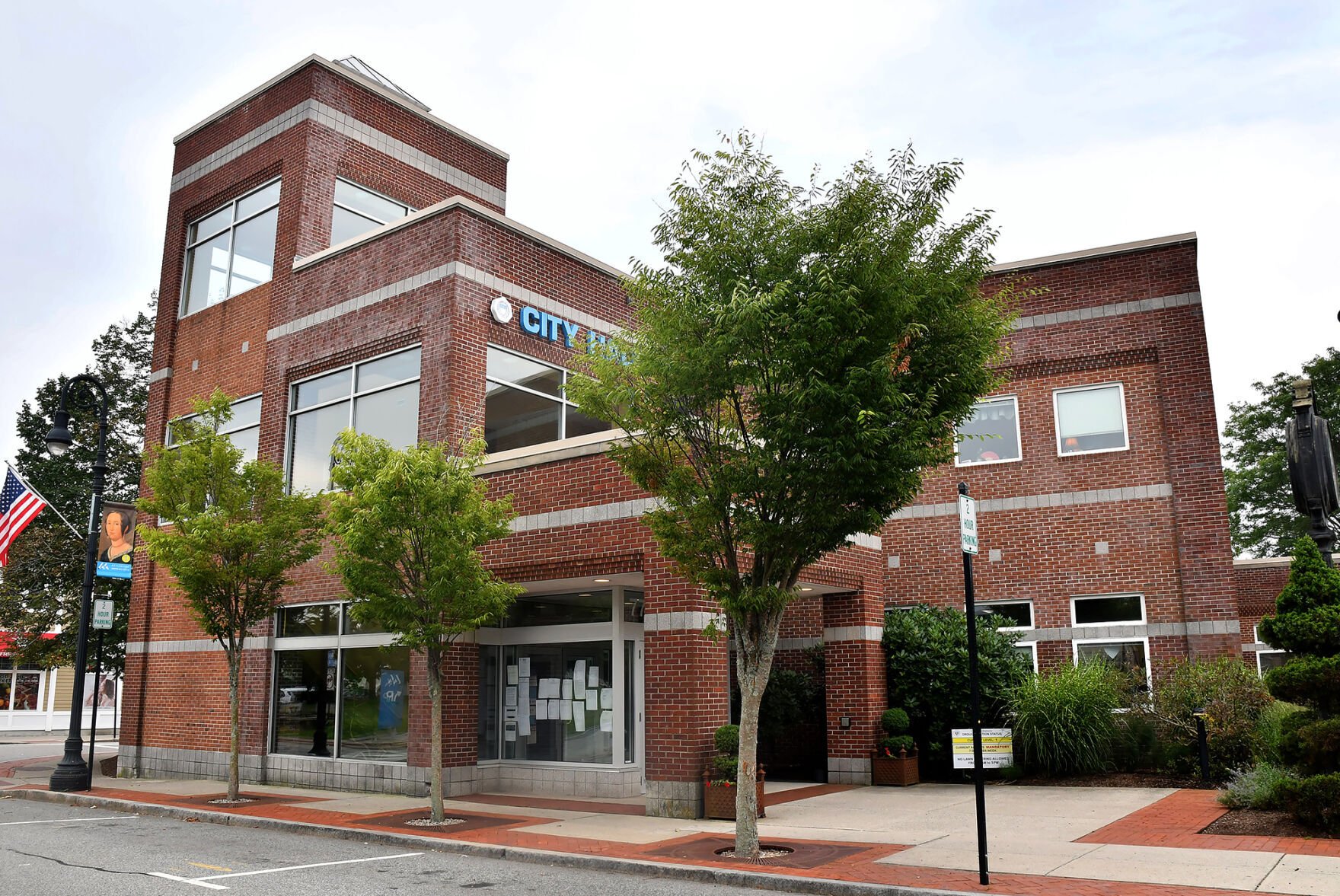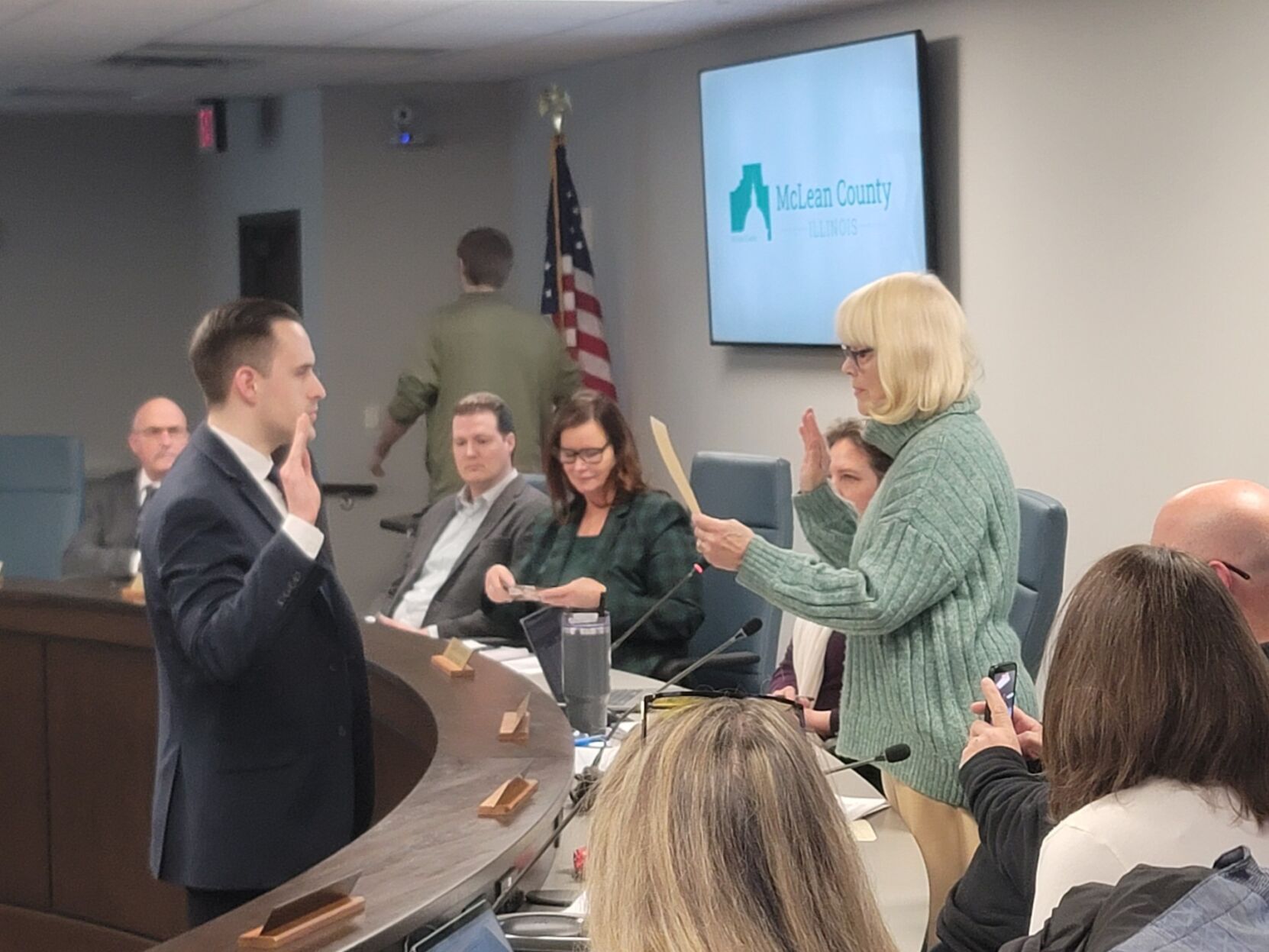Two decades on, the story of Hurricane Katrina’s survivors continues to unfold. Researchers now highlight new data about where those who lost their homes and businesses may have rebuilt their lives, adding fresh insight into the hurricane’s lasting impact.
Looking at population shifts post-Hurricane Katrina
Key Takeaways:
- Twenty years have passed since Hurricane Katrina hit the Gulf Coast.
- The storm destroyed numerous homes and businesses, prompting large-scale displacement.
- Many survivors never returned to their original neighborhoods.
- “The Daily Report” investigates who was displaced by this disaster.
- Emerging data suggests where these displaced communities might have resettled.
Introduction
Hurricane Katrina made landfall on the Gulf Coast twenty years ago, leaving devastation in its wake. The storm’s destructive force resulted in countless homes and businesses being destroyed, forcing many residents to move away—and, in some cases, never come back. Today, new data encourages us to revisit this history and examine which communities were forced to leave and where they eventually settled.
The Impact on the Gulf Coast
When Katrina struck, it fundamentally changed the region’s landscape. Entire neighborhoods were damaged, and business districts found themselves under water. Recovery efforts spanned years, but it became evident early on that many people would not be able to easily return. This prolonged displacement sparked questions about the future makeup of Gulf Coast communities.
The Daily Report’s Perspective
In the years immediately following the hurricane, several news outlets and research institutions began tracking demographic shifts. “The Daily Report” now shines a spotlight on who was displaced, offering clarity about how income level, family ties, and localized damage affected individual decisions to remain or move on. According to the report, some families sought new beginnings in different states, while others found refuge in nearby cities but did not permanently relocate to their former neighborhoods.
Where the Displaced May Have Gone
Although many had hoped to rebuild in the same spots, extensive property damage and economic challenges deterred some residents from returning. New data presented in “The Daily Report” highlights the variety of places they may have landed—some traveling far beyond the Gulf Coast to rebuild their lives elsewhere. Understanding these movements provides a picture of how post-storm resettlement shaped both the sending and receiving communities.
Looking to the Future
Even twenty years after Katrina, conversations about disaster recovery and displacement remain timely. By examining the new findings about who left and why, community leaders and policy experts can gain valuable insights into long-term rebuilding strategies. As climate-related disasters continue to challenge coastal regions across the nation, learning about Katrina’s legacy may prove crucial to shaping resilient communities in the decades ahead.











